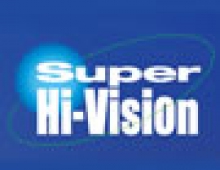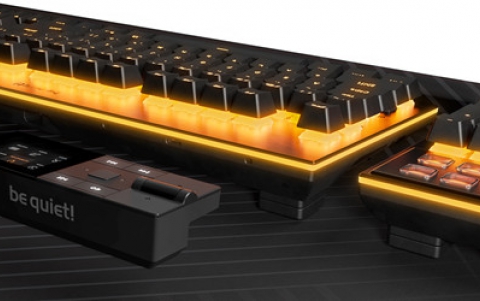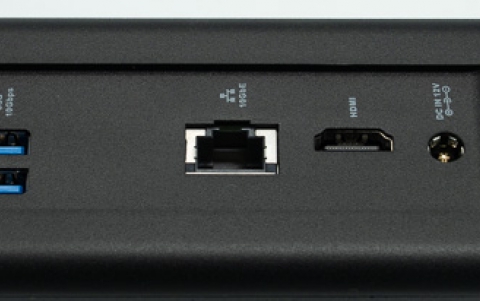
Holograms prepped as next DVD spin
Even before the next generation of DVD takes shape, a Japanese venture company already is betting on what comes after that: a system based on holographic technology, which can hold 1 terabyte on one side of a CD-size optical disk. "What is needed for the post-Blue-ray disk system?" asked Yoshiko Aoki, chief executive officer of Optware Corp. (Yokohama, Japan). "Such a system should have a capacity as large as 1 terabyte, high-transfer rate as fast as 1 Gbit/second, backward compatibility with DVD disks and high security," he said.
Optware aims to base such a system on its proprietary polarized collinear holographic technology. The company, founded in 1999 by Hideyoshi Horimai, formerly of Sony, demonstrated a prototype system with a 200-Gbyte disk and 130-Megabit/s transfer rate at InterOpto '02, held Tuesday through Thursday (July 16-18) in Makuhari.
In conventional holography, a reference beam and an objective beam are used to write and read data, but two light beams make the optical system bulky. With the polarized collinear technology, separately polarized objective and reference beams are bundled on the same optical axis as if they were one light beam. This makes the optical system as compact as those of DVD and CD disk systems. And that in turn makes it possible to use the servo technologies of existing optical disk systems.
Since holographic recording materials are sensitive to green light, Optware used two lasers: a red one for servo and a green yttrium aluminum garnet (YAG) one for read and write holographic data. The red laser also reads data on DVD and CD disks.
The disk is formatted with address pits and tracking grooves on the reflecting layer at its bottom. Though the company is still considering what to use for the optimum disk format, the prototype used in the demonstration had a 1.2-mm-thick sandwich structure consisting of a 0.5-mm glass substrate, a 0.2-mm volumetric recording layer and a 0.5-mm glass substrate coated with a reflection layer.
In the conventional optical disk system, data is recorded bit by bit on the surface of a thin recording layer. To increase capacity, smaller bits or pits are needed. The typical solution is to raise the numerical aperture and use a laser with a shorter wavelength. "[Such a solution for] the two-dimensional recording is coming to a dead end," said Aoki.
In a holographic recording system, page data, not 1 bit, is recorded as an interference fringe in the "volumetric" material layer. In the Optware system, one laser shot writes 30,000 bits.
In conventional holography, a reference beam and an objective beam are used to write and read data, but two light beams make the optical system bulky. With the polarized collinear technology, separately polarized objective and reference beams are bundled on the same optical axis as if they were one light beam. This makes the optical system as compact as those of DVD and CD disk systems. And that in turn makes it possible to use the servo technologies of existing optical disk systems.
Since holographic recording materials are sensitive to green light, Optware used two lasers: a red one for servo and a green yttrium aluminum garnet (YAG) one for read and write holographic data. The red laser also reads data on DVD and CD disks.
The disk is formatted with address pits and tracking grooves on the reflecting layer at its bottom. Though the company is still considering what to use for the optimum disk format, the prototype used in the demonstration had a 1.2-mm-thick sandwich structure consisting of a 0.5-mm glass substrate, a 0.2-mm volumetric recording layer and a 0.5-mm glass substrate coated with a reflection layer.
In the conventional optical disk system, data is recorded bit by bit on the surface of a thin recording layer. To increase capacity, smaller bits or pits are needed. The typical solution is to raise the numerical aperture and use a laser with a shorter wavelength. "[Such a solution for] the two-dimensional recording is coming to a dead end," said Aoki.
In a holographic recording system, page data, not 1 bit, is recorded as an interference fringe in the "volumetric" material layer. In the Optware system, one laser shot writes 30,000 bits.




















